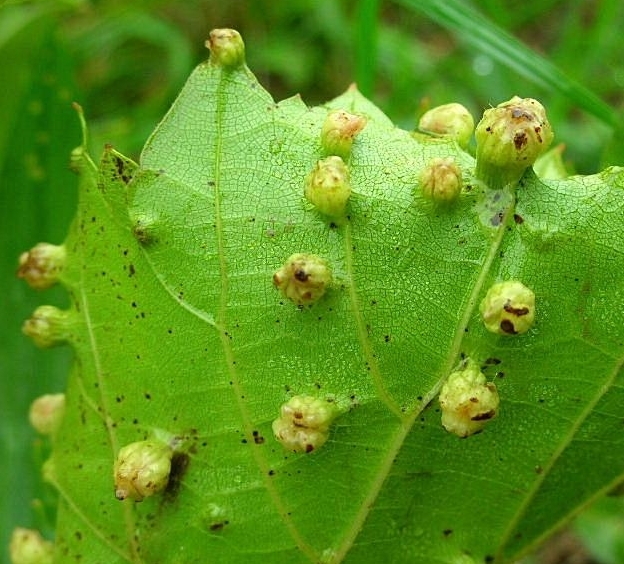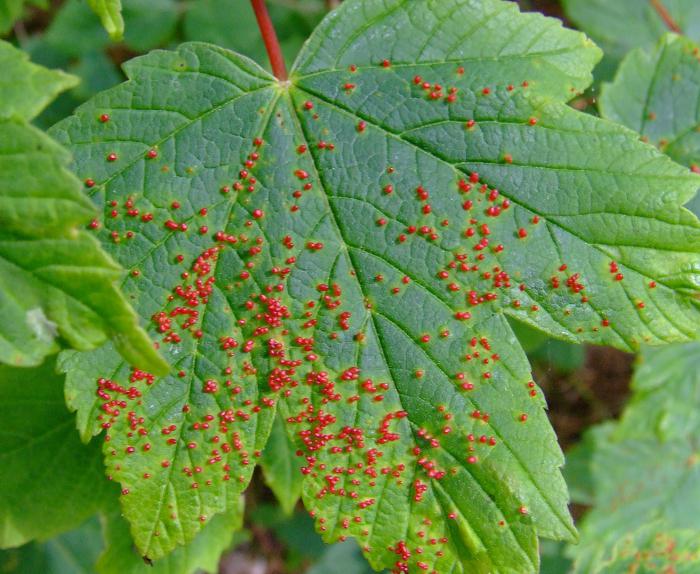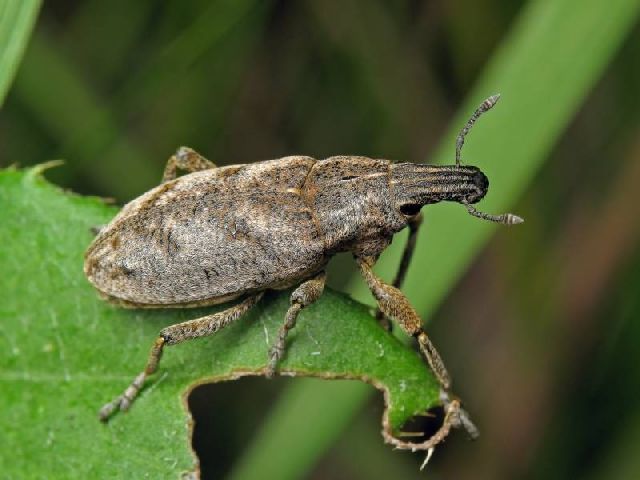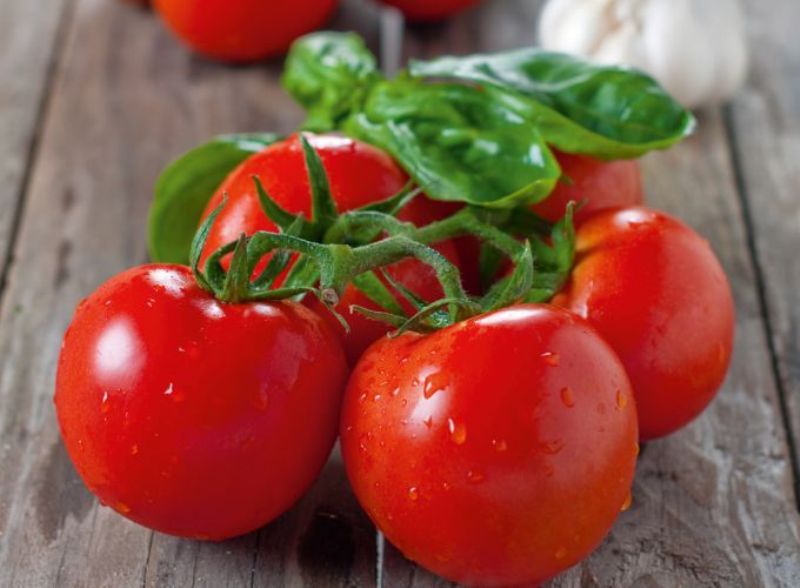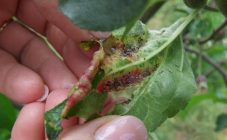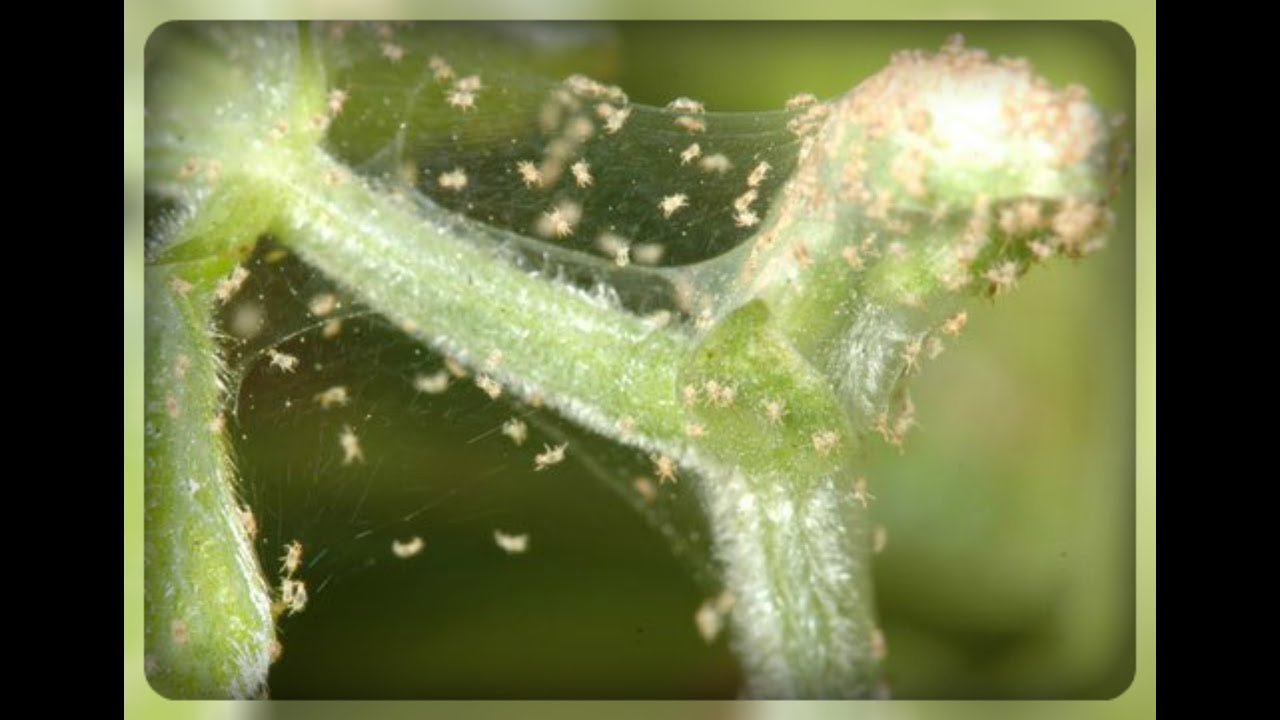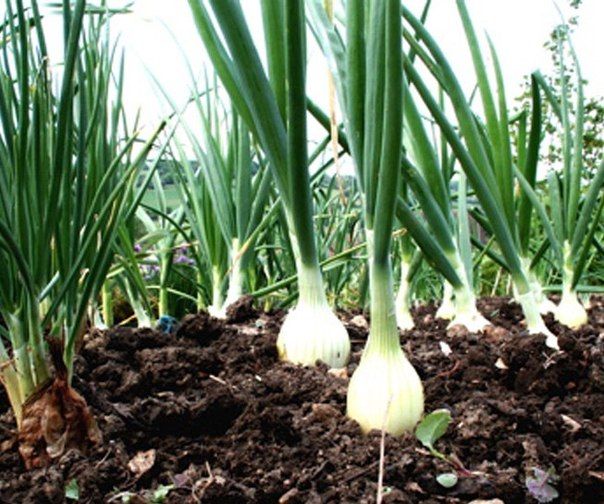Content:
Grapes are a rather capricious dacha culture, which is subject to attacks by a large number of pests if all the rules of agricultural technology are not followed. Experienced and novice agronomists should know their "enemies" by sight. Pests of grapes and methods of dealing with them are an important aspect of agricultural technology.
The most common and dangerous pests
More than 800 species of insects are registered around the world today, which are not averse to feasting on grapes. Their vital activity has a detrimental effect not only on the fruits, but also on the root system, leaves and inflorescences, annual and perennial shoots.
What to do when holes appear on grape leaves? Many budding agronomists literally panic and waste valuable time. Meanwhile, competent actions will help to quickly localize and eliminate the problem. First of all, you need to calculate the insect pest.
The most common and dangerous pests:
- Scabbard on grapes - a pest who prefers to lead a sedentary lifestyle. Vital activity is provided by juice, which the beetle sucks from the vine. Once green shoots begin to wither and dry out, the abundance of fruiting is noticeably reduced. As a rule, after being hit by a parasite, various fungal diseases develop, leading to the death of the bush. Insects settle on annual shoots, hibernate under the bark, and with the arrival of heat they creep out to the surface.
- Phyloxera grape... The description should begin with the fact that this grape aphid is a dangerous insect that affects European and rootstock varieties. Causes harm, being in any form of its life cycle (larvae, nymphs, winged, ground insects). During the growing season, aphids hatch about 7 generations, all of them primarily affect the root system, which is weakening before our eyes. If the grower does not take action, the bush will die in a few years. As a result of the vital activity of insects, yellow pimples containing eggs will appear on the leaves (as a rule, the leaf form develops in the second year of the lesion).
- Grape roll Is a butterfly whose wingspan varies from 25 to 30 mm. The insect has a well-developed oral apparatus. The wings are dark brown, with two dark oblique stripes. Caterpillars are dirty green at first, and later brown. It survives the winter cold under the bark in cocoons. Crawls to the surface with the arrival of heat, when the buds begin to bloom. At first it feeds on them, then gets to berries, inflorescences, young shoots and leaves. Holes in the leaves of grapes are a clear sign of leafworm damage. If the owner of the vine does nothing, only veins will remain from the leaves. Any shallow hole or torn hole in the leaf should be the reason for a close inspection of the bush.
- Grape mites - pests that give preference to the green parts of the plant multiply at an enormous rate, if you do not take measures to combat them, they will lead to the extinction of the vine and a decrease in the amount of harvest. In addition, ticks are carriers of diseases that are destructive for grapes - mildew, powdery mildew, etc. Winter is experienced in damaged kidneys.During the period of their activity, ticks infect the buds and buds of grapes, as a result, they acquire a red tint, and then crumble. It is difficult to detect an insect, but they leave behind characteristic changes on the leaf plates: on the back side, irregularities are formed, covered with arachnoid pile.
Pests on grapes and their control, preventive measures
Having calculated the pests, you can safely proceed to their destruction.
- Started up shield on grapes, how to fight: the main method is irrigation of bushes with chemicals under high pressure. A strong jet helps the preparations penetrate into the plant. Thanks to this, it is possible to destroy the pests that have settled inside. The optimal time for spraying is spring, before the first buds open. Preparations: Admiral, Aktellik, Bi-58 Novy and others. Apply according to the instructions.
- Leaf roll on grapes: control measures. The most effective way to combat is the timely removal of organic residues. During the summer, it is recommended to treat the bushes with any insecticides. Later, to consolidate the result, it will be necessary to re-irrigate with the same composition. If caterpillars are found, it is better to use biological agents.
- Bunch roll grapes: methods of control are similar to methods of getting rid of grape leaf rollers.
- How to get rid of ants on grapes: it is quite difficult to get rid of these insects at their summer cottage. Experienced agronomists resort to tricks and prepare a poisonous bait that destroys not only the ants that have tried it, but also the fertile female. The bait is prepared as follows: mix 2 tbsp. boiling water, 1 tbsp. granulated sugar and 1/3 tsp. borax. After natural cooling, 1 tsp is added to the solution. honey. The resulting composition quickly deteriorates, so it must be applied every week.
- How and when to process grapes against sheet phylloxera? Grape phylloxera is very dangerous and difficult to treat. The only effective remedy is the destruction of the affected bushes. However, you can also use the drug Etafos, Aktelik, Confidor Maxi to combat the leaf form of the disease. The first irrigation must be carried out during the mass budding, and the second during the formation of 9-12 leaves.
- Fight againstgrape tick today does not cause much trouble. Modern formulations allow you to completely get rid of parasites in the shortest possible time. Before bud break, it is recommended to treat the bush with a solution of DNOC (2%), then it is advisable to treat it with a nitrophene solution. The insect settles on the back of the leaf, so these areas should be treated most carefully. The most popular drugs for fighting grape mites, which do not harm humans and do not affect the composition of the fruit: Aktelik, Neoron, Fufanom and Tevit. To consolidate the result, it is recommended to repeat the procedure after two weeks.
Every grower should know that it is always easier to prevent such troubles than to “cure”.
Preventive measures
Why are the leaves on the grapes full of holes, they shriveled, turned yellow, etc. These questions are of concern to many agronomists, especially beginners. Disease or pests can appear in any case, but the task of the grower is to reduce this likelihood, for this it will be necessary to protect crops, following all the rules of agricultural technology.
All organic waste must be burned to prevent the spread of insects. It is also equally important to break up all the large blocks of earth near the plant, level the soil surface and correct the grooves in the trellis rows.
- Spring preventive treatment of grapes should be carried out before the buds swell. As a rule, they bloom in late April - early May.This will depend on the region of growth and the annual climatic conditions. The first irrigation should take place when the air temperature warms up to + 4-6 degrees. For processing, a solution of copper sulfate is used (the concentration of the active substance is 3%). With an interval of several weeks, when leaves are formed, the bush is irrigated with a fungicide.
- Irrigation summer are carried out when the berries reach the size of a pea. For the prevention of insects, you can use drugs-acaricides, as well as solutions of manganese or colloidal sulfur (the concentration of the active substance is not more than 7 g per 10 liters of water).
- Treatment in the fall before hiding for the winter. In dry weather, after sanitary pruning of the bush, preventive irrigation should be carried out. To do this, use a 3% solution of copper or iron sulfate. The advantage of autumn processing is that the plant will suffer less from attacks by rodents.
The list of pests that can damage the crop is great. But they are dangerous only to those who are careless about their landings. Subject to all preventive measures and proper treatment, there is practically nothing to fear for the winegrower. He can easily ensure the longevity of the vineyard.
